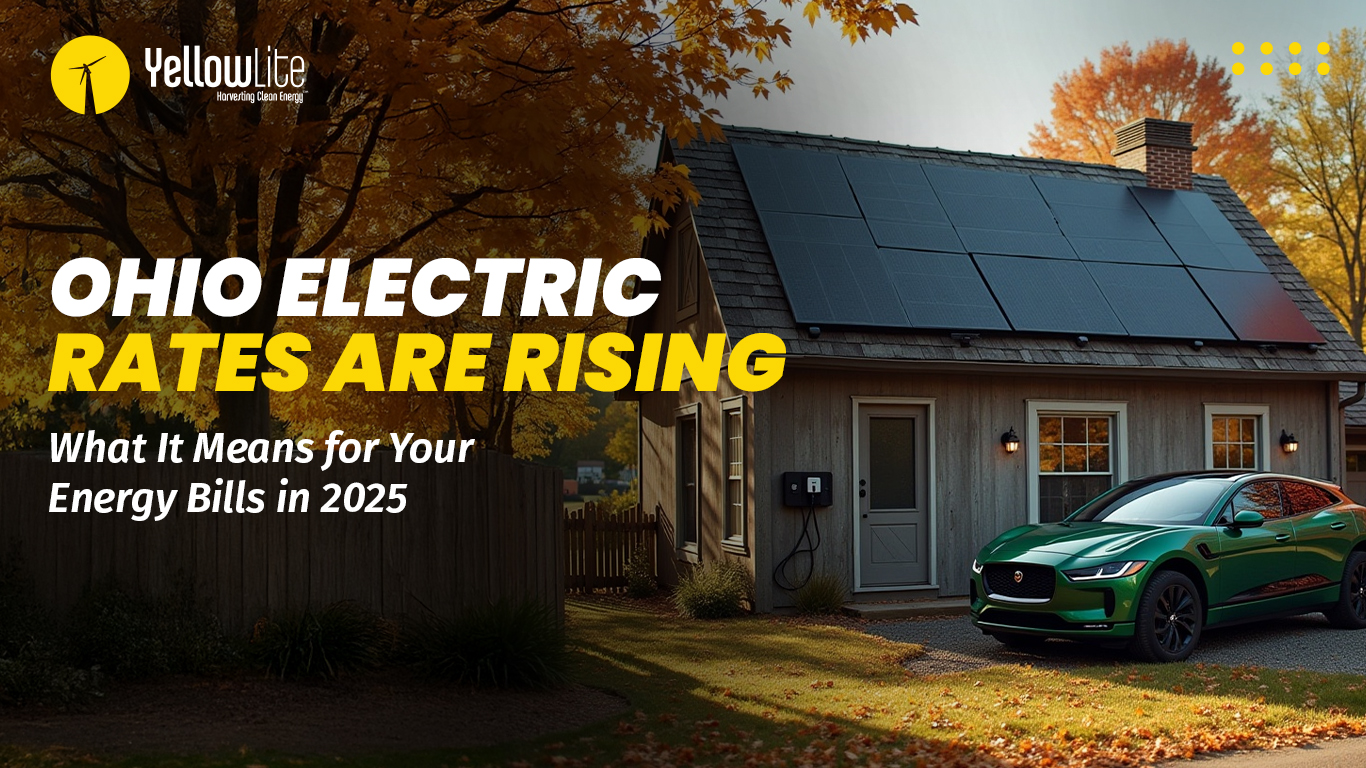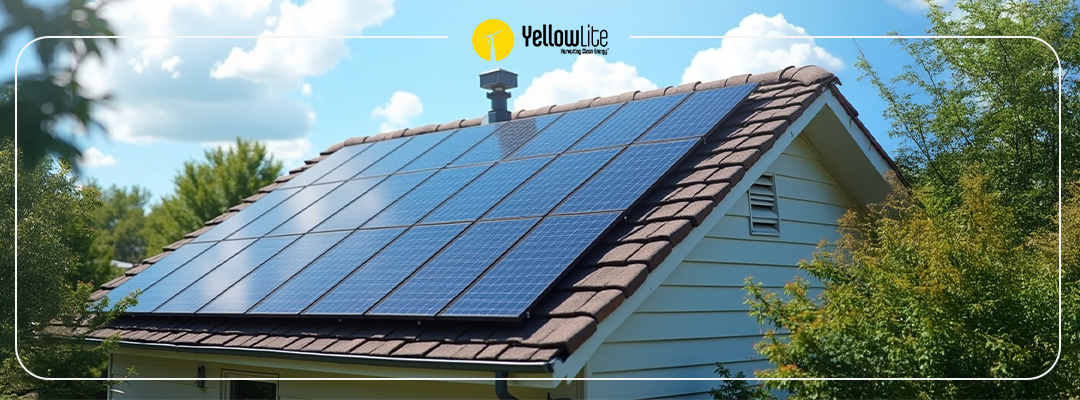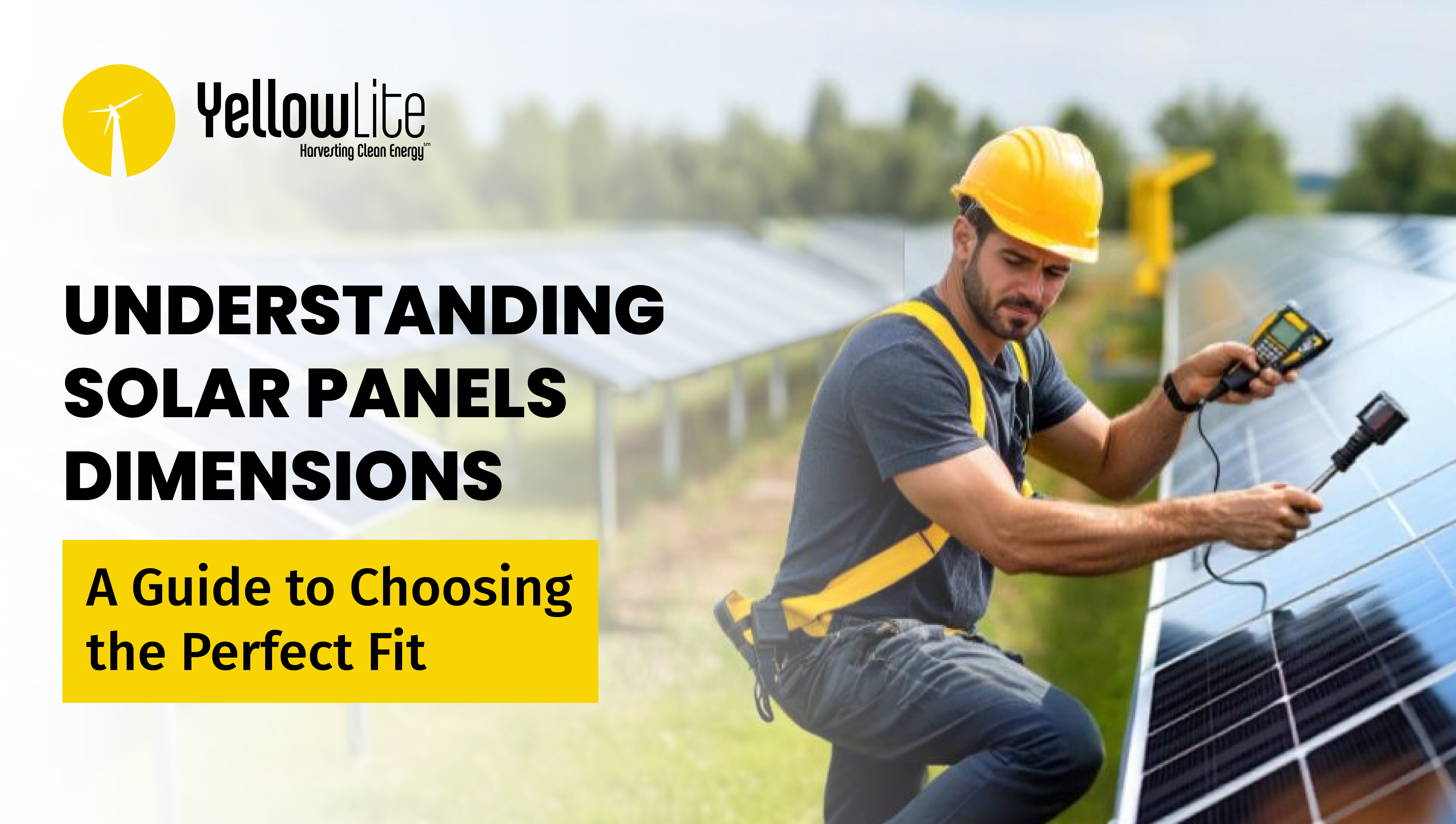Many factors are in play when considering if a solar panel installation is a good idea for your home or business.
For instance, are Ohio solar panels a good idea if you live and work in the Midwest, where it can snow in April?
Here are a few examples of how seasonal bad weather can affect solar panels.
Spring -
Some may choose spring to install solar panels to take advantage of the longer days. But what about the extreme weather changes that are associated with spring?
As the old saying goes, April showers bring May flowers. Spring is known in some areas to be a time that the cold lingers on, or long days or even weeks of heavy rainfall occurs.
Meanwhile, it is true that solar panels are most effective during periods of bright sunlight. Did you know they produce energy even in indirect sunlight?
SEIA, The Solar Energy Industries Association, has this to say, “Solar panels will still work even when the light is reflected or partially blocked by clouds.”
So, while the sunny days of spring are bright and beautiful, a solar panel array captures the rays of the sun that can then be stored in a solar battery for use on those days when they are generating less energy.
An interesting side effect of a rainy day is that the raindrops can wash away any debris and grime that may build up on the solar panels to help them be more efficient when the sun shines.
Summer -
Summer is the prime time for peak sunny hours. Certain areas and climates where solar panels are installed have their own weather conditions to contend with from time to time. If your part of the world is prone to dust storms that are decreasing energy production, a spray from the hose should help rinse the dirt away.
Hail is a severe weather phenomenon that, more times than not, occurs during the summer months. The National Renewable Energy Lab, NREL, in conjunction with the U.S. Dept. of Energy’s SunShot program, has tested the durability of solar panels in a simulated hail event. The test included shooting ping pong-sized ice chunks at approximately seventy miles an hour to improve the panel’s durability.
During a thunderstorm, lightning can strike in an incredible display of electricity. While there are solar panel regulations regarding manufacturing and installation, direct lightning strikes sometimes damage solar panels. It is always super important to check with your installer about any warranties and your homeowner’s insurance about coverage on the solar installation.
Fall -
Just like spring, fall weather can be unpredictable. Extreme weather conditions can change what seems like almost every day.
For those that live on the coastline, hurricanes are always a threat. And with hurricane season running up to November 30th, those with solar panels may have concerns about the effect of high winds. Others may worry about tornado damage. Though tornadoes are more common in earlier months, some occur year-round. The important news is that the average solar panel can withstand winds up to one hundred and forty miles per hour. Your local professional installer can probably provide you with all the solar information related to weather in your unique area.
Winter -
If your area is in a cold climate, then snow is a familiar sight. Prolonged flurries and blizzards can cause large amounts of snow or ice to accumulate on roofs and even ground mounts covering solar installations. More often than not, they simply melt away. If it is safe, you can just gently remove any accumulation. If not, it is better to wait for conditions to improve or to speak with a professional.
Solar panels are tougher than they appear. Different weather conditions and events are taken into account during their production. If you have any weather-related concerns or questions about solar panels, contact Yellowlite today.
The Yellowlite team is ready to help you begin your solar journey. Visit our website www.yellowlite.com to learn more.



